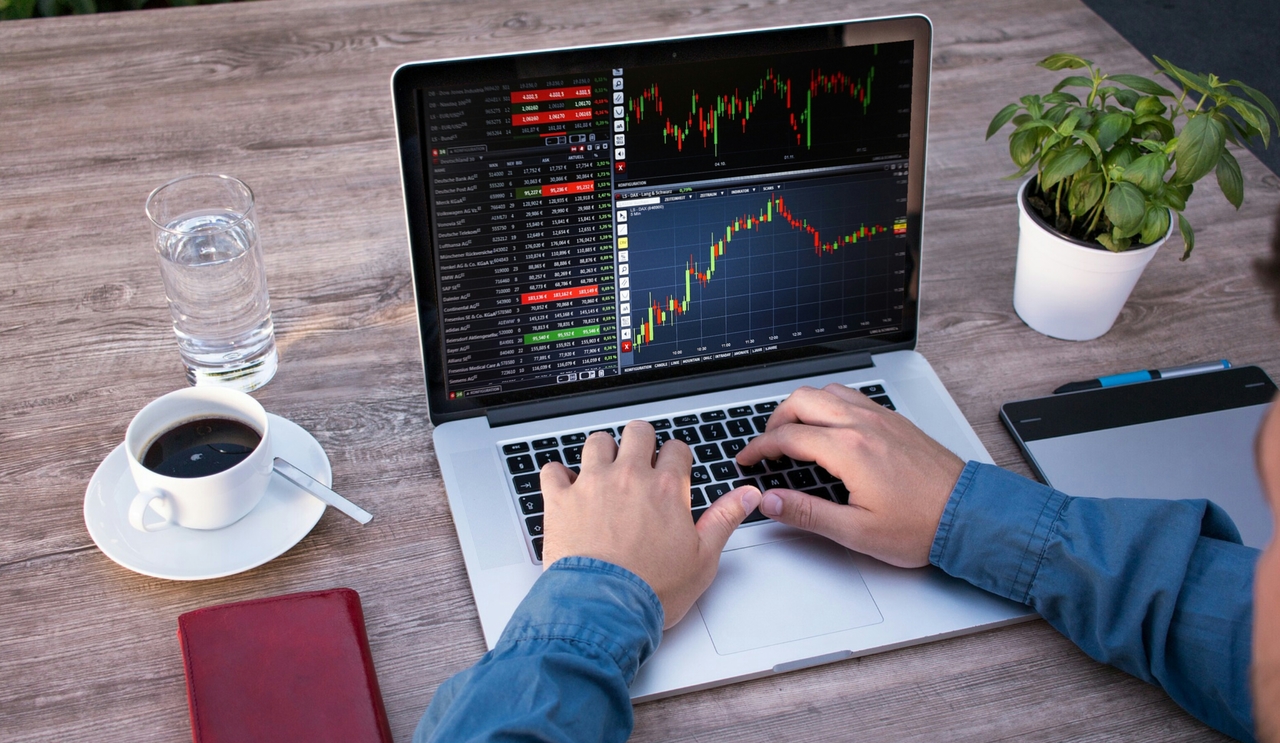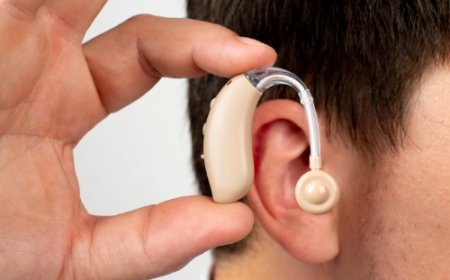Step-by-Step Guide on How to Start Paper Trading for Futures Markets

Understanding how to start paper trading is one of the most effective ways to prepare for real-world trading without taking financial risks. For those interested in entering the world of futures trading, paper trading offers a simulated environment where strategies, timing, and decision-making skills can be practiced in real market conditions using virtual funds. This approach is especially valuable for beginners who want to build confidence and familiarity with futures contracts before committing actual money.
What Is Paper Trading?
Paper trading is a simulated trading activity where a trader uses real-time data from financial markets to place hypothetical trades. This allows users to test their strategies, monitor outcomes, and learn how to react under changing market conditions. The goal is to replicate actual trading without the emotional pressure or financial consequences of real trades. Many platforms offer paper trading features that mimic futures markets, which means users can get a realistic experience of what it's like to trade futures.
Why Paper Trading Is Essential for Futures Trading Beginners
Futures trading involves buying and selling contracts tied to the future value of an asset such as commodities, indexes, or currencies. This kind of trading requires quick decision-making, risk management, and a clear understanding of how futures contracts work. Starting with a paper trading account lets aspiring traders experiment with these elements in a low-pressure environment. It gives them a solid foundation, which is critical before transitioning into live markets. Practicing different scenarios, monitoring market responses, and understanding order types help sharpen one’s approach and minimize errors in actual futures trades.
Choosing a Platform That Supports Paper Trading
When learning how to start paper trading, the first step is selecting a trading platform that provides access to simulated accounts. It’s important to ensure that the platform includes futures markets in its paper trading offerings. Many platforms now include real-time market feeds and fully functional order placement systems, allowing users to gain a true-to-life experience. Once an account is created, the user can begin tracking price movements, placing limit or market orders, and managing open positions—all with virtual money.
Setting Up Your Paper Trading Account
After selecting the platform, the next task is to set up the paper trading account. This typically involves choosing the amount of virtual capital to trade with and configuring the trading interface according to personal preferences. A beginner in futures trading should start with an amount that they realistically expect to trade with in the future. This ensures that their simulated results are meaningful and closely reflect the decisions they would make under real financial circumstances.
Understanding the Basics of Futures Trading Before Starting
Before diving into the actual trades, it's crucial to understand what futures trading entails. Futures contracts are agreements to buy or sell an asset at a predetermined price at a specific time in the future. These contracts can be used for hedging or speculation. Learning the terminology used in futures markets, such as margin, leverage, expiration dates, tick size, and settlement, is key before beginning paper trading. This foundational knowledge allows for better strategy development and trade execution in the simulation environment.
Placing Your First Simulated Futures Trade
Once you're comfortable with the interface and basic concepts, the next step is to place your first paper trade. Start by selecting a specific futures market—such as crude oil, the S&P 500 index, or gold. Use basic analysis to determine your entry and exit points. Enter the trade by choosing a contract, selecting an order type (market or limit), and setting stop-loss and take-profit levels. Once the trade is placed, monitor its performance over time. Review the chart patterns, note your emotional reactions, and track how the market reacts to external events.
Building a Routine While Paper Trading
To fully benefit from paper trading, it's essential to establish a regular routine. Begin each session by reviewing the news that might affect futures markets. Use technical analysis to identify potential setups and place trades accordingly. At the end of the session, review each trade, including entry, exit, and outcome. This practice helps identify patterns in decision-making and reveals what strategies are effective. A structured approach turns paper trading from a casual activity into a learning tool that mimics real-world futures trading experiences.
Learning Risk Management in a Simulated Setting
One of the most important skills to develop while learning how to start paper trading is risk management. Futures trading is known for its potential rewards and high risks. Through simulation, you can test how position sizing, leverage, and stop-loss orders impact your portfolio without real losses. Experimenting with these elements in paper trading allows you to refine your risk controls and understand how to preserve capital in volatile markets. This knowledge becomes invaluable when transitioning to real trading.
Transitioning from Paper Trading to Live Futures Trading
After gaining consistency in paper trading and understanding the core mechanics of futures trading, the final phase is preparing for live markets. Review your simulated trade history, identify areas for improvement, and assess whether your strategies are delivering repeatable results. Transitioning doesn’t mean abandoning paper trading altogether. Many experienced traders continue to test new strategies in simulation before applying them in live trades. Paper trading can remain part of your trading process even as you advance into real-market participation.
Conclusion
Learning how to start paper trading is the most logical first step for anyone interested in futures trading. This approach allows beginners to gain a deep understanding of market behavior, develop trading discipline, and test strategies in a risk-free setting.
What's Your Reaction?





























































